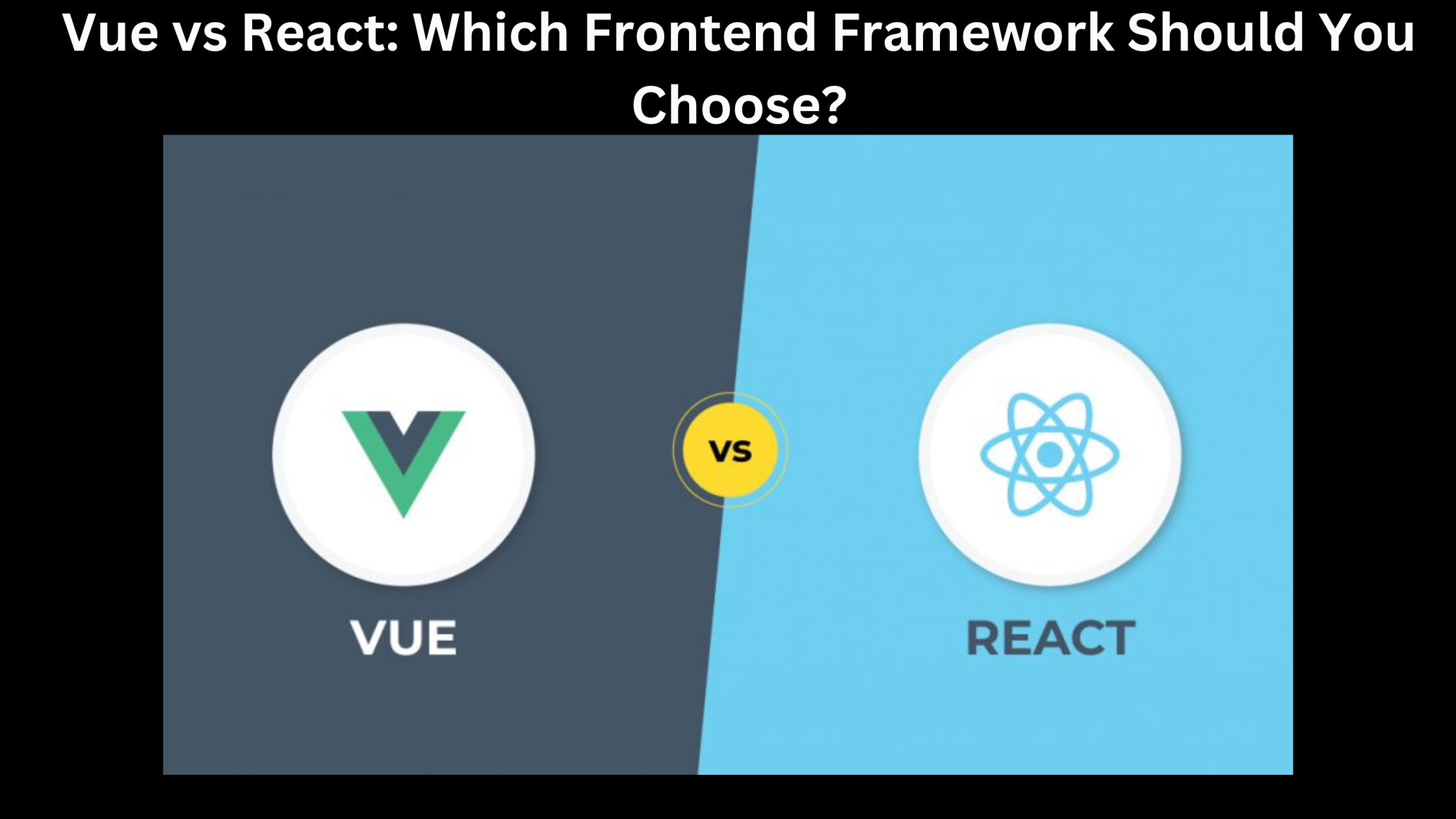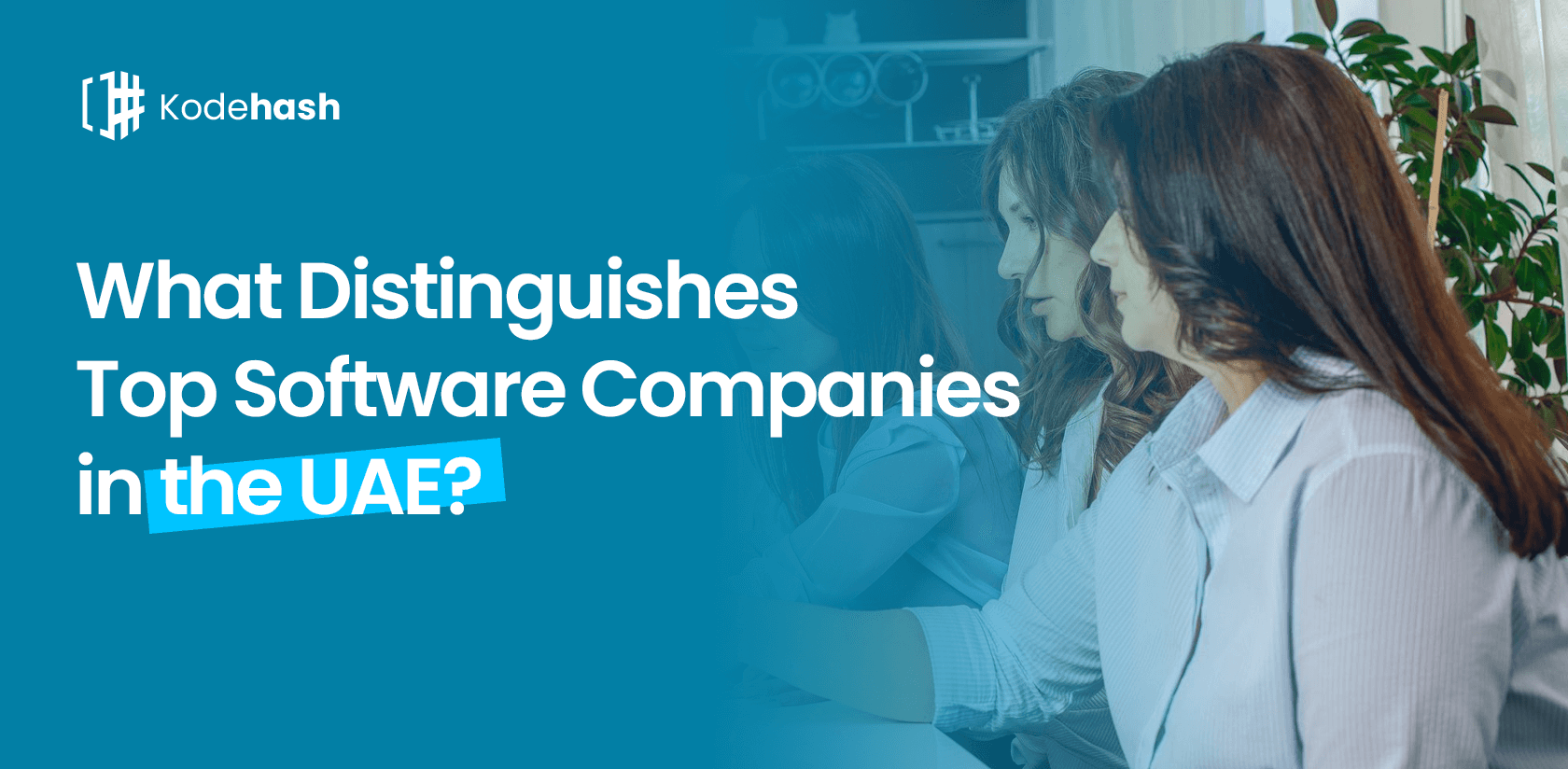Solar inverters play a prominent role in solar panel systems. They convert the direct current (DC) produced by solar panels into alternating current (AC), which powers our homes and businesses. Choosing the right solar inverter is essential for optimizing the performance and efficiency of your solar power system. In this article, we will compare different types of solar inverters to help you decide which one is right for you.
What Are Solar Inverters?
Solar inverters are the devices that convert the DC electricity produced by the solar system into AC electricity. This conversion is necessary because most household appliances and the power grid use AC electricity. Without a solar inverter, the energy produced by your solar panels would be unusable for most applications.
Types of Solar Inverters
There are 3 major types of solar inverters: string inverters, microinverters, and power optimizers. Each type has its own advantages and disadvantages, depending on your specific needs and setup.
String Inverters
These inverters are the most typical type of solar inverter. They connect multiple solar panels in a series (or string) and convert the combined DC power into AC power.
Advantages of String Inverters
- Cost-Effective: String inverters are generally less expensive than other types of inverters. They are a good choice for larger installations where cost is a concern.
- Simplicity: They have a straightforward design and are easy to install and maintain.
- Reliability: String inverters have been used for many years and have a proven track record of reliability.
Disadvantages of String Inverters
- Performance Issues: If one panel in the string is shaded or malfunctioning, the performance of the entire string can be affected.
- Design Limitations: They are less flexible in terms of system design and may not be suitable for complex installations with varying panel orientations or shading issues.
Microinverters
Microinverters are small size inverters installed on each solar panel. They convert DC to AC at the panel level, which allows for more precise control and optimization.
Advantages of Microinverters
- Individual Panel Optimization: Each panel operates independently, so shading or issues with one panel do not affect the rest of the system.
- Increased Energy Harvest: Microinverters can increase the overall energy output, especially in installations with shading or varying panel orientations.
- Flexibility: They are ideal for complex installations with multiple roof angles and partial shading.
Disadvantages of Microinverters
- Cost: Microinverters are generally more pricey than string inverters. The increased cost can be a concern for larger installations.
- Maintenance: Since microinverters are installed on each panel, accessing them for maintenance or replacement can be more challenging.
Power Optimizers
Power optimizers are devices installed on each solar panel, similar to microinverters. However, they do not convert DC to AC at the panel level. Instead, they optimize the DC power and send it to a central string inverter for conversion.
Advantages of Power Optimizers
- Panel-Level Optimization: Like microinverters, power optimizers allow each panel to operate independently, reducing the impact of shading or panel issues.
- Increased Energy Output: Power optimizers can improve overall system performance and energy production.
- Compatibility: They work with string inverters, providing a balance between the benefits of microinverters and the cost-effectiveness of string inverters.
Disadvantages of Power Optimizers
- Cost: While less expensive than microinverters, power optimizers still add to the overall cost compared to a standard string inverter system.
- Complexity: The system is more complex, requiring both optimizers and a central inverter, which can increase installation and maintenance efforts.
Factors to Consider When Choosing a Solar Inverter
When deciding which type of solar inverter is right for you, consider the following factors:
System Size and Budget
- String Inverters: Best for larger systems with a limited budget. They offer a cost-effective solution for straightforward installations.
- Microinverters and Power Optimizers: Suitable for smaller systems or installations with specific shading issues or complex layouts. They offer better performance but at a higher cost.
Shading and Panel Orientation
- String Inverters: Not ideal for systems with significant shading or varying panel orientations.
- Microinverters and Power Optimizers: Provide better performance in shaded areas or installations with different panel orientations.
Installation and Maintenance
- String Inverters: Easier to install and maintain due to their centralized nature.
- Microinverters: More challenging to install and maintain because each panel has its own inverter.
- Power Optimizers: Offer a middle ground, with panel-level optimization and centralized conversion.
System Expansion
- String Inverters: May require additional inverters if you plan to expand your system in the future.
- Microinverters and Power Optimizers: Easier to expand, as you can add more panels without major changes to the existing setup.
At DSG Energy , we aim to revolutionize the energy sector in Pakistan by promoting the use of renewable energy resources through our state-of-the-art Grid Tied Solar System installations. Our focus on solar inverters ensures that you get the most efficient and reliable performance from your solar power system. By choosing DSG Energy, you can optimize your energy consumption, improve air quality, and reduce dependence on foreign energy sources, all while enhancing the reliability of your electricity grid. Join us in creating a sustainable future with advanced solar inverter solutions.
Conclusion
Choosing the right solar inverter is essential for the efficiency and performance of your solar power system. String inverters are cost-effective and reliable, making them ideal for larger systems with simple layouts. Microinverters offer individual panel optimization, making them suitable for installations with shading or varying orientations. Power optimizers provide a balance between cost and performance, offering panel-level optimization with a central inverter.
By understanding the advantages and disadvantages of each type of solar inverter, you can make an informed decision that best suits your needs and maximizes the benefits of your solar power system. Whether you are installing a new system or upgrading an existing one, the right inverter can significantly impact your energy production and overall satisfaction with your solar investment.




One thought on “Comparing Different Types of Solar Inverters: Which Is Right for You?”